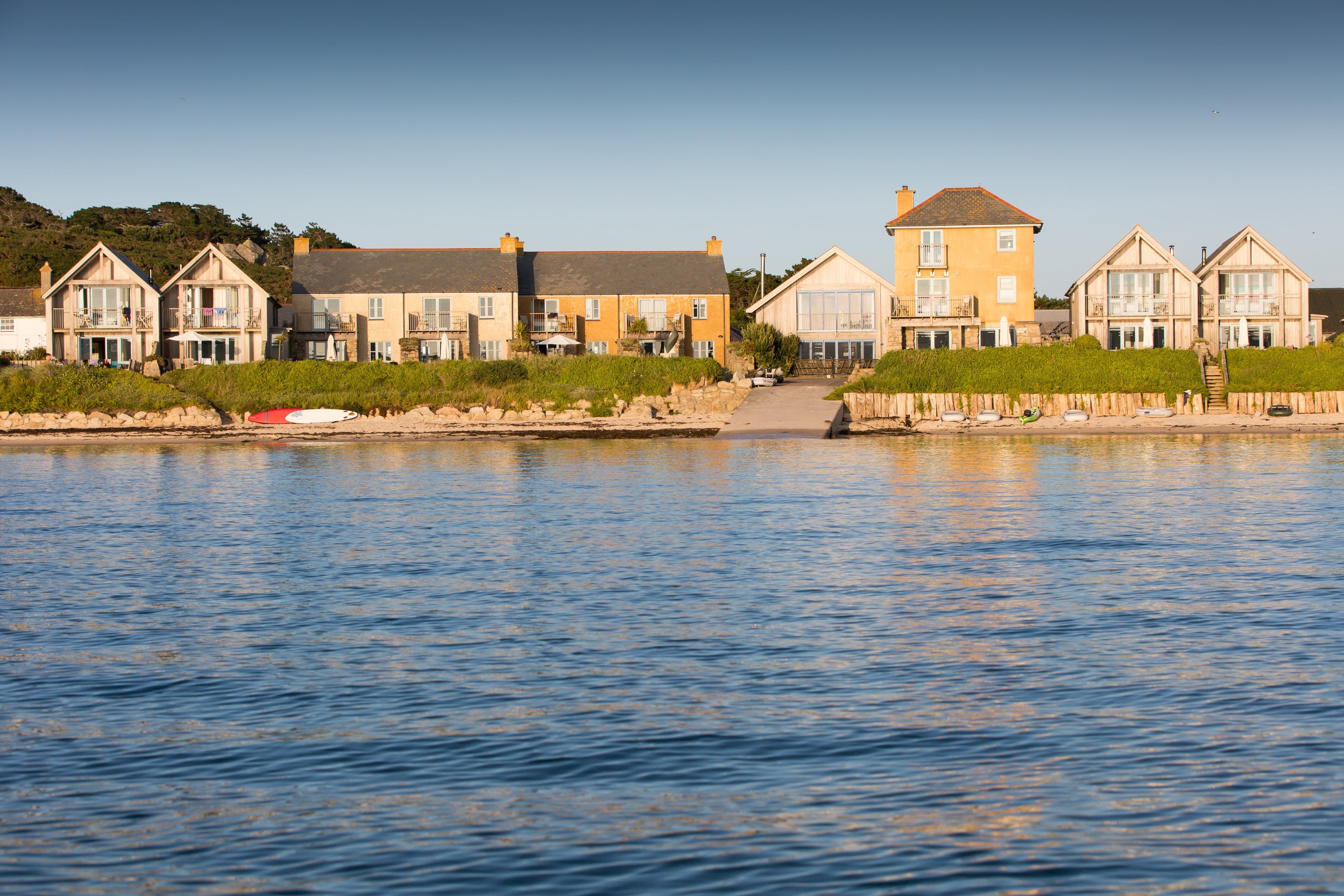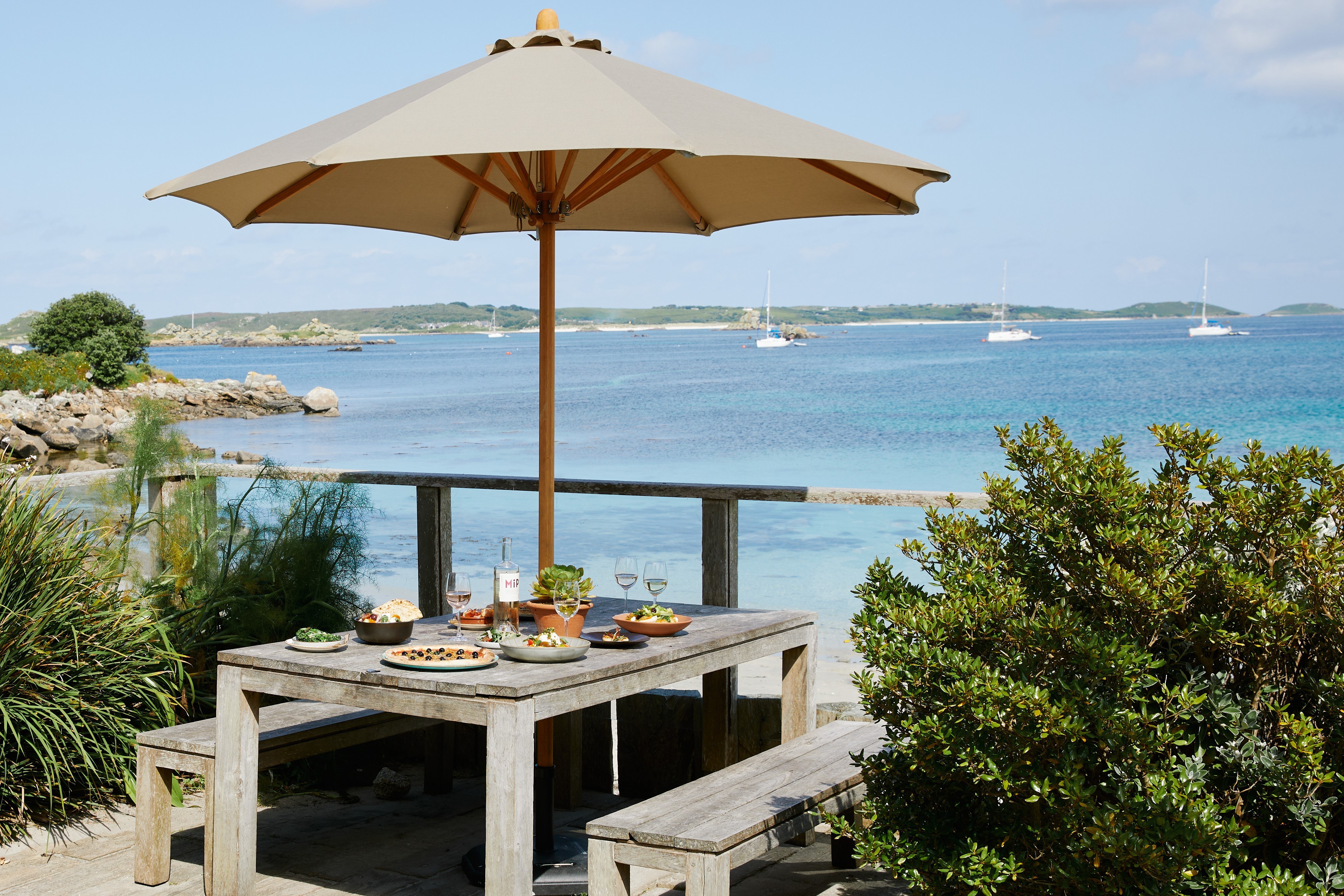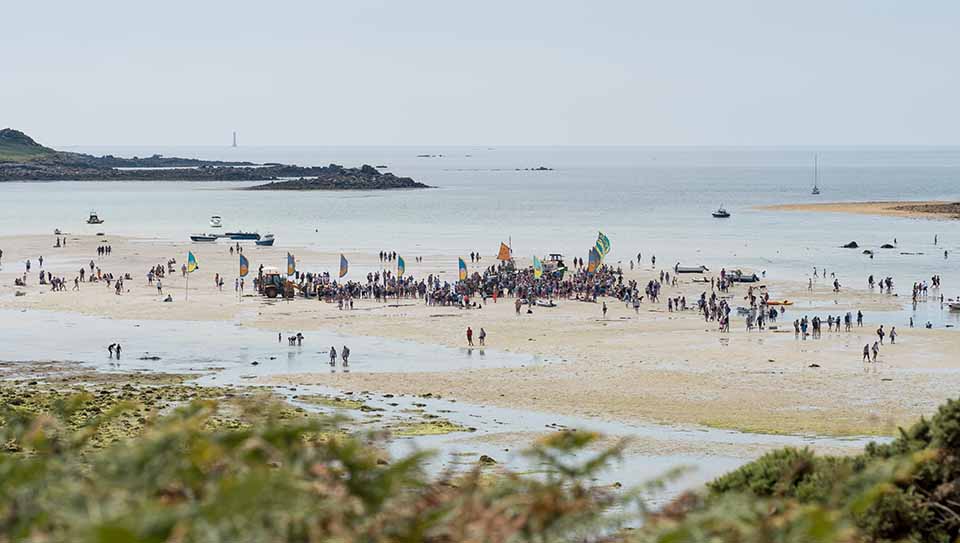History of Tresco Abbey Garden
In 1834, Augustus Smith left Hertfordshire and took up residence on the Isles of Scilly as Lord Proprietor and leaseholder of all the islands, choosing Tresco as his home...
He selected a site adjacent to St Nicholas Priory - which had fallen into disrepair in the sixteenth century - to build his home. On a rocky outcrop above these ruins, Augustus Smith built his house, which he named Tresco Abbey.
In addition to constructing the house, he started almost immediately creating a garden based around the priory ruins. In order to protect his early plantings from the winter gales, he built a series of walls around the garden. The garden then expanded across the south-facing hillside on a series of terraces carved from the granite subsoil.
With so many tender plants being introduced, there was an obvious need for shelter on a grand scale. Monterey Pine and Monterey Cypress trees - both native to the Californian coast - were selected from experimental plantings and they quickly grew and came to protect the expanding garden and its growing collection of exotic plants.

Four succeeding generations of the family have since taken the garden forward, each making their own unique contribution to its evolution. From 1872, Thomas Algernon Dorrien Smith introduced many new plant species while establishing the shelterbelts and woodland areas.
From 1918, Major Arthur Dorrien Smith, an accomplished plantsman, made plant collecting trips to both New Zealand and the Chatham Islands. He made countless contacts and at this point, the garden collections were outstanding, with plant groups from all over the world, including Chile, Mexico, California, South Africa, New Zealand, Australia and the Canary Islands.

In 1955, Commander Tom Dorrien Smith took over and the enthusiasm for the family garden continued. He made many new introductions from South Africa and Australia, most notably the wonderful Proteaceae family of plants.
In more recent times, Robert and Lucy Dorrien Smith have had to deal with the devastation caused by the great storm of 1987 and hurricane-force winds in 1990, which caused huge plant loss, including the shelterbelts which were virtually decimated.
Both the garden and shelterbelts are now restored and the garden is looking better than ever; the collections are ever-expanding and the garden's global reputation continues to grow.













